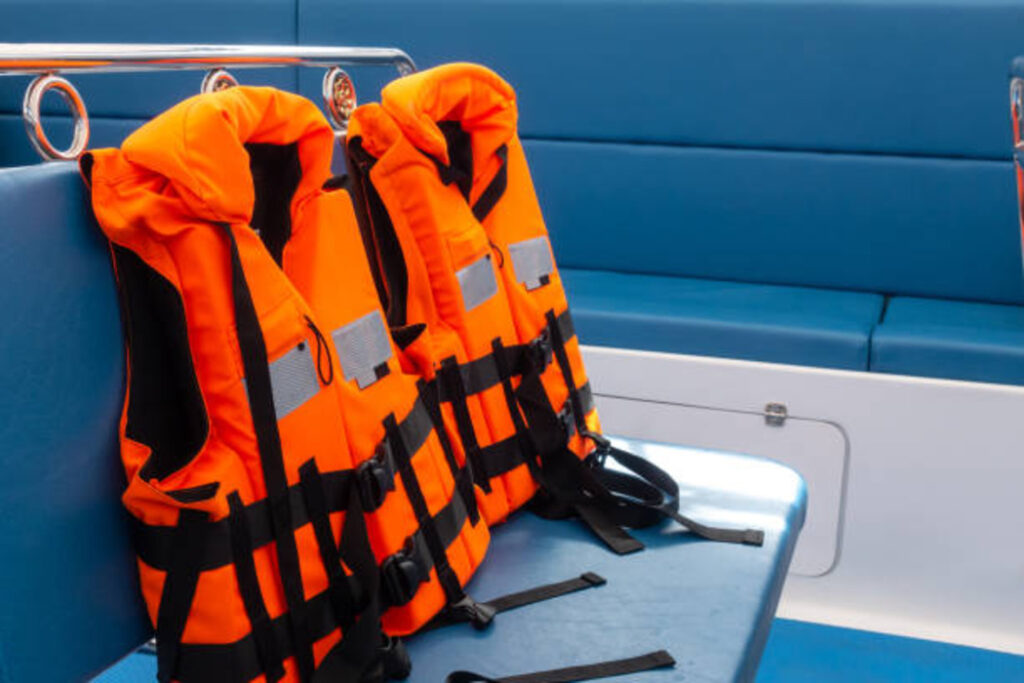By Randy Vance.
Inflatable life jackets are lighter and more comfortable to wear. Learn how four of the top models performed during testing.
Inflatable life jackets have crossed over from expensive professional gear to an affordable recreational necessity. With good reason. Not only are they cooler, lighter, and more comfortable to wear, but they are also easier to protect from deterioration and mildew and can stow in a far more compact package than inherently buoyant life jackets.
However, they do their job differently than old-school PFDs and require yearly maintenance, which means unpacking the inflatable bladder, removing a trigger mechanism and the C02 cartridge, then replacing and repacking the bladder. If you keep six of them on your boat, that could be an annual three-hour job, and repack kits cost around $30 each.
Be aware that inflatables are a legal replacement for inherently inflatable jackets, but in most states, only if worn while underway. They are also legal replacements only on people 16 years old and older. They are not legal for use on personal watercraft.
How We Tested
We used an underwater POV cam in an 8-foot pool to record water entry to resurfacing. We started the clock when feet broke the surface and stopped when the “victim’s” head resurfaced. Faster is better, but as long as you know what to expect, we didn’t think the 2-second difference between the fast ones and slow ones mattered.
Repacking
All but one PFD we tested had a similar bobbin and cartridge trigger. Unscrew the bobbin barrel, replace the yellow bobbin—it can go into the barrel only one way and screw the bobbin barrel cap down until the charge window shows green for ready. Then replace the CO2 cartridge. We deliberately did not clock repacking time.
read more at boatingmag.com.

